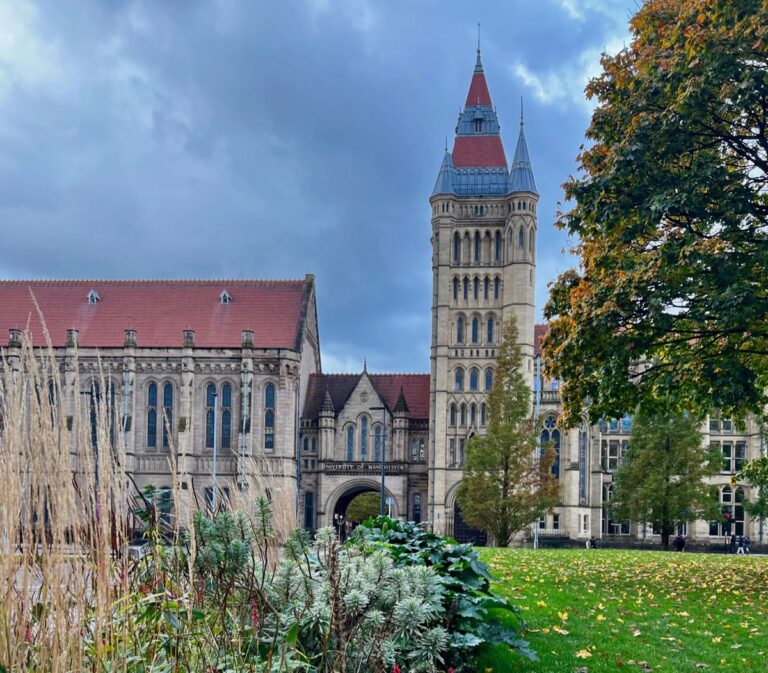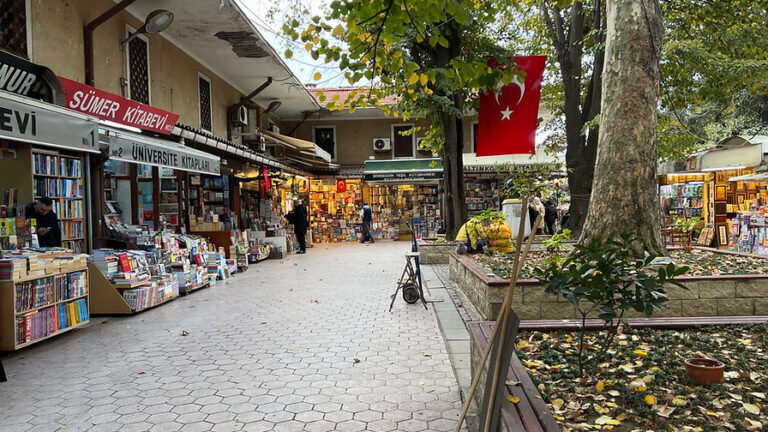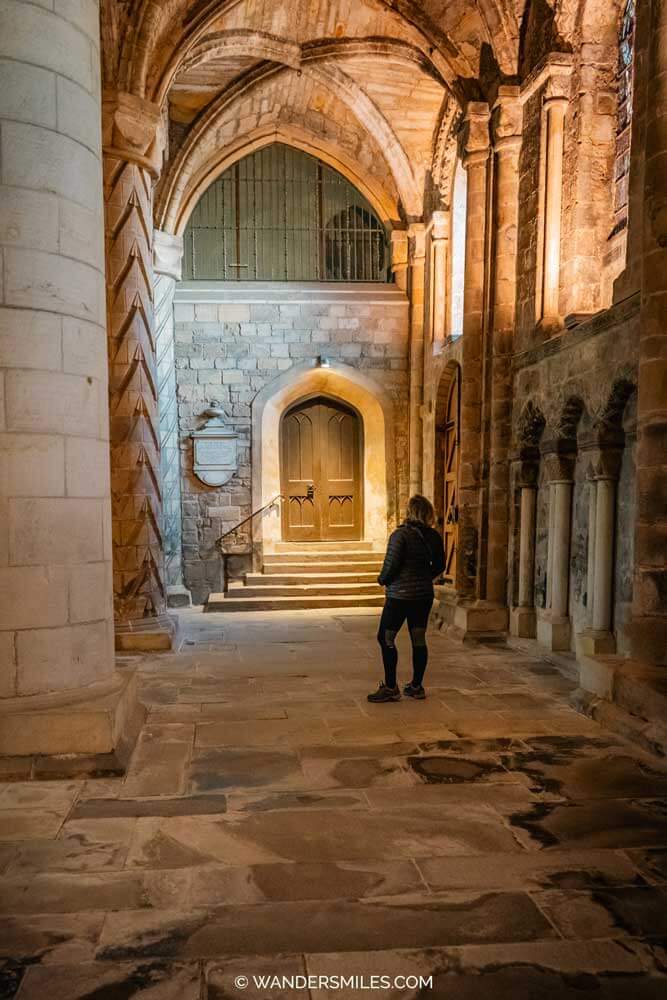Imagine yourself on the adventure of a lifetime, traversing the vast expanse of the Sahara Desert on the majestic humps of a camel. The thought of embarking on this remarkable journey evokes a sense of awe and wonder, as you immerse yourself in the breathtaking landscapes and the rich cultural heritage of the Sahara. With every step, you are transported to a world of endless dunes, ancient caravans, and the untamed beauty of one of the world’s most fascinating natural wonders. Join us on this unforgettable experience as we ride camels through the Sahara Desert, unlocking the secrets of this awe-inspiring landscape. Step into the realm of adventure and let the Sahara captivate your imagination.
1. Introduction
Overview of the Sahara Desert
The Sahara Desert, located in North Africa, is the largest hot desert in the world, covering an area of over 9 million square kilometers. With its vast expanse of golden sand dunes, mesmerizing landscapes, and unique culture, the Sahara attracts adventurers from across the globe. Its sheer grandeur and mysterious allure make it a must-visit destination for those seeking an unforgettable experience.
Importance of camel riding in the region
Camel riding has been an integral part of life in the Sahara for centuries. Camels are not only well-suited to the desert environment but also play a vital role in transportation, allowing travelers to navigate the vast stretches of sand where traditional vehicles cannot venture. Riding a camel through the Sahara provides a genuine connection to the rich nomadic heritage of the region, enabling you to delve into a world of ancient traditions and explore the desert like a true desert dweller.
What to expect from a camel ride in the Sahara
Embarking on a camel ride in the Sahara promises a unique and exhilarating adventure. As you traverse the rolling sand dunes, you will be swept away by the awe-inspiring beauty of the desert scenery. Imagine the gentle sway of the camel beneath you as the sun casts its golden hues over the horizon, painting the sky with a breathtaking display of colors. This experience will not only challenge you physically but also rejuvenate your spirit as you immerse yourself in the wilderness of the Sahara. Get ready to create lasting memories and be captivated by the enchanting charm of this exceptional desert journey.
2. Planning Your Camel Ride
Choosing a reputable tour operator
When planning a camel ride in the Sahara, it is crucial to select a reputable tour operator. Look for operators with positive reviews, extensive experience in organizing camel rides, and a commitment to sustainable and responsible tourism practices. A reliable tour operator will ensure that your experience is safe, well-organized, and memorable, allowing you to fully immerse yourself in the Sahara’s wonders.
Duration and timing of the camel ride
Consider the duration and timing of your camel ride carefully. Camel rides can range from a few hours to multi-day expeditions, depending on your preferences and time constraints. Keep in mind that the weather conditions in the Sahara can be extreme, with scorching daytime temperatures and chilly nights, so plan accordingly. The ideal time to embark on a camel ride is during the cooler months, typically from October to April, to avoid the sweltering heat of the summer.
Preparing for the physical demands
Riding a camel can be physically demanding, especially for those unaccustomed to prolonged periods of sitting on a moving animal. Engage in regular exercise to prepare your body for the ride, focusing on improving core strength and flexibility. This will help you maintain balance and reduce discomfort during the journey. Additionally, stretching before and after the camel ride will help alleviate muscle stiffness and soreness.
Necessary permits and documents
Before embarking on your camel ride, familiarize yourself with the necessary permits and documents required for traveling in the Sahara. Check if you need a visa to enter the country of your chosen gateway city and ensure that your passport is valid for at least six months beyond your intended departure date. Research the specific entry requirements for the country you plan to visit and consult with your tour operator for guidance on obtaining any necessary permits or visas.
Safety considerations
While camel riding offers a thrilling experience, it is essential to prioritize safety. Ensure that your tour operator adheres to strict safety protocols and provides well-trained guides who are familiar with the desert and its potential hazards. Take note of safety instructions given by your guide and equip yourself with necessary safety gear, including a sun hat, sunglasses, and adequate sunscreen. Always carry sufficient water to stay hydrated throughout your journey, as dehydration can pose a significant risk in the desert environment.
3. Getting to the Sahara Desert
Selecting a gateway city
To reach the Sahara Desert, you need to select a suitable gateway city. Major cities like Marrakech, Casablanca, and Cairo serve as common starting points for exploring this vast desert. Consider factors such as flight availability, ease of travel, and proximity to your desired camel ride starting point when choosing a gateway city. Each city offers a unique blend of cultural experiences and opportunities to immerse yourself in the local customs before embarking on your desert adventure.
Transportation options
Once you have reached your chosen gateway city, various transportation options are available to reach the Sahara Desert. Domestic flights, trains, and buses connect the major cities to smaller towns near the desert. Depending on your budget and preferences, you can choose between a more convenient, albeit costlier, domestic flight or opt for a more immersive experience by traveling by train or bus, allowing you to witness the changing landscapes as you venture closer to the Sahara.
Recommended airlines and routes
For those traveling to Morocco, Royal Air Maroc, Air France, and British Airways offer regular flights to Mohammed V International Airport in Casablanca and Menara Airport in Marrakech. From Cairo, EgyptAir provides flights to various gateway cities within the desert region. Research the best airlines and routes based on your starting point and destination, taking into account factors such as flight schedules, layovers, and prices to ensure a smooth and pleasant journey.
4. Selecting a Starting Point
Popular starting points for camel rides
The Sahara Desert offers several starting points for camel rides, each with its own unique charm and attractions. Merzouga and Zagora in Morocco, and Siwa Oasis in Egypt, are among the popular choices. Merzouga, with its towering sand dunes and proximity to Erg Chebbi, offers a quintessential Saharan experience. Zagora, home to the expansive Draa Valley, provides a chance to explore ancient kasbahs and lush palm groves. Siwa Oasis, located in the Western Desert of Egypt, offers a remote and tranquil oasis experience, surrounded by stunning landscapes.
Comparing routes and itineraries
When selecting a starting point, it is crucial to compare different routes and itineraries offered by tour operators. Some routes may focus more on natural wonders, taking you through stunning dunes and desert landscapes, while others may emphasize cultural encounters, allowing you to interact with local nomadic communities and experience their way of life. Consider your interests and preferences when comparing routes to ensure a camel ride experience that aligns with your desires.
Factors to consider when choosing a starting point
When choosing a starting point for your camel ride, consider factors such as accessibility, desired activities, and specific landmarks or attractions you wish to visit. Accessibility refers to how easily you can reach your chosen starting point, considering transportation options and travel time from the gateway city. Determine if you have any specific activities or attractions in mind, such as sandboarding or visiting ancient ruins, and ensure that your starting point can accommodate those interests.
5. Equipment and Essentials
Appropriate clothing for the desert
Packing appropriate clothing for your camel ride is crucial to ensure comfort and protection from the harsh desert environment. Opt for loose-fitting, lightweight clothing made from breathable fabrics such as cotton or linen. Long sleeves and pants will protect your skin from the scorching sun and potential insect bites. Additionally, bring a lightweight scarf or shemagh to shield your face, head, and neck from blowing sand and dust.
Essential items to pack for the camel ride
When preparing for your camel ride, make sure to pack essential items that will enhance your comfort and safety. Some of these items include a wide-brimmed sun hat, sunglasses with UV protection, a reusable water bottle, a small backpack or camel bag to carry your belongings, a headlamp or flashlight for nighttime activities, and a portable phone charger. Don’t forget to bring a lightweight sleeping bag if camping overnight in the desert is part of your itinerary.
Recommended equipment for a comfortable experience
To ensure a comfortable camel ride experience, consider packing additional equipment that will enhance your comfort. A cushioned seat cover or sheepskin pad can provide extra padding and reduce muscle fatigue during the ride. Carry a portable, lightweight camping chair for breaks or picnics during the journey. Finally, a lightweight and quick-drying towel will come in handy for refreshing yourself during the ride or drying off after a dip in an oasis.
Tips for staying hydrated and protecting from the sun
Staying hydrated and protecting yourself from the intense desert sun are of utmost importance during your camel ride. Carry enough water to last you throughout the journey, as access to freshwater sources may be limited. It is recommended to drink at least two to three liters of water per day to prevent dehydration. Apply sunscreen generously, with a high SPF level, and reapply frequently to protect your skin from the strong sun rays. Don’t forget to wear sunglasses and a hat for additional sun protection.
6. Camel Riding Experience
Introduction to camels and their role in desert transportation
Before setting off on your camel ride, take a moment to appreciate the incredible animals that will accompany you on this journey. Camels, native to desert regions, have been used as a primary mode of transportation in the Sahara for centuries. Their ability to withstand long periods without food or water and traverse the challenging desert terrain make them ideal companions for exploring this vast and unforgiving landscape. These gentle giants will provide a unique and awe-inspiring mode of transport as you embark on your desert adventure.
Understanding camel behavior and body language
To ensure a safe and enjoyable ride, it is essential to develop an understanding of camel behavior and body language. Camels are highly intelligent animals with their unique ways of expressing emotions and communicating. Take the time to learn about their various behaviors, such as signs of discomfort or agitation, so you can respond accordingly and establish a harmonious rapport with your camel. This understanding will create a more pleasant experience for both you and your trusty steed.
Mounting and dismounting techniques
Mounting and dismounting a camel requires proper technique to ensure your safety and that of the animal. The process may seem intimidating at first, but with guidance from your camel handler, it becomes a smooth and effortless task. Remember to approach the camel calmly and confidently, placing your weight evenly when mounting, and maintaining a firm grip on the saddle or the camel’s hump. Similarly, while dismounting, follow the instructions provided by your handler to ensure a graceful and safe dismount.
Maintaining balance and posture during the ride
Maintaining balance and a good posture while riding a camel is essential for your comfort and safety. When seated on the camel, keep your back straight and your weight evenly distributed. Relax your legs and let them hang naturally on either side of the camel’s body. As the camel moves, you will sway gently with its rhythm. Embrace the movement and allow your body to adapt, finding your balance in sync with your trusty camel companion.
Interacting with the camel handler
Throughout your camel ride, you will have the opportunity to interact with your camel handler, who plays a crucial role in ensuring a smooth and enjoyable experience. Take the time to engage with your handler, learn about their culture, and ask questions about the Sahara and its surroundings. They possess a wealth of knowledge and local insights that can enrich your journey. Show appreciation for their expertise and care for the camels, fostering a genuine connection that will enhance your overall experience.
7. Exploring the Sahara on Camelback
Popular landmarks and attractions along the way
Embarking on a camel ride through the Sahara opens up a world of awe-inspiring landmarks and attractions. As you traverse the endless sand dunes and vast expanses of the desert, you will encounter breathtaking sights. From the towering dunes of Erg Chebbi in Morocco to the dramatic landscapes of the White Desert in Egypt, each landmark holds its own unique charm and offers countless opportunities for exploration and photography.
Camel ride routes and highlights
Camel ride routes through the Sahara vary depending on your starting point and chosen itinerary. Each route has its own highlights and hidden gems waiting to be discovered. Whether it’s riding through the mesmerizing Tafilalt Oasis in Morocco, exploring the majestic valleys of Dakhla in Egypt, or witnessing the stunning sunrise from the top of a towering sand dune, your camel ride will be filled with unforgettable memories and breathtaking sights that will leave you in awe of the Sahara’s natural wonders.
Cultural experiences with nomadic communities
One of the most enriching aspects of a camel ride in the Sahara is the opportunity to interact with the nomadic communities that call this desert home. Nomads have thrived in the Sahara for centuries, adapting to the harsh environment and preserving their unique cultural traditions. Engage in cultural exchanges, learn about their customs and daily rituals, and gain a deeper appreciation for their way of life. From sharing traditional meals to listening to captivating stories, these encounters will leave a lasting impact on your journey.
Wildlife and nature encounters during the journey
Contrary to popular belief, the Sahara is not a barren wasteland but a thriving ecosystem teeming with life. The desert is home to an array of unique flora and fauna that have adapted to survive in this arid environment. During your camel ride, keep an eye out for wildlife encounters, such as desert foxes, fennec foxes, and various species of birds. Witnessing these resilient creatures in their natural habitat is a testament to the Sahara’s remarkable biodiversity and will deepen your understanding of this extraordinary desert ecosystem.
8. Overnight Camping in the Desert
Arranging for camping accommodations
A night spent camping in the heart of the Sahara is an experience that will leave you awestruck. The vastness of the desert sky, the serene silence punctuated by gentle gusts of wind, and the solitude of the dunes create an otherworldly ambiance. Reputable tour operators will arrange comfortable and well-equipped camping accommodations, including traditional nomadic-style tents or luxury desert camps, allowing you to fully immerse yourself in this enchanting setting.
Types of desert camps and their amenities
Desert camps in the Sahara offer a range of amenities to cater to different preferences and budgets. Traditional nomadic-style tents provide an authentic experience, with basic but comfortable accommodations. For those seeking a touch of luxury, upscale desert camps offer lavish tents with private facilities, comfortable bedding, and even hot showers. Most camps provide communal areas for dining and relaxation, where you can connect with fellow travelers and share stories around a crackling campfire.
Traditional meals and entertainment
A highlight of any overnight camping experience in the desert is the chance to savor traditional meals and enjoy captivating entertainment. Delight in the flavors of Moroccan tagines cooked over a campfire, aromatic couscous, and freshly baked bread. Meanwhile, traditional music and dance performances set the stage for a magical evening, where you can partake in the lively rhythms and immerse yourself in the cultural traditions of the Sahara. These shared moments around the campfire create lasting memories and foster a sense of camaraderie among fellow travelers.
Stargazing and experiencing the desert at night
As the night falls and the desert sky reveals its incredible tapestry of stars, prepare to be mesmerized by the celestial display above. With minimal light pollution, the Sahara offers unparalleled stargazing opportunities. Lay back on a blanket and marvel at the countless stars, constellations, and shooting stars that illuminate the night. The tranquility of the desert at night, with its serene ambiance and glittering sky, provides a profound and humbling experience that will leave you in awe of the universe and its wonders.
9. Safety and Health Precautions
Dealing with extreme temperatures and weather conditions
The Sahara Desert is known for its extreme temperatures, with scorching heat during the day and significant drops in temperature at night. To cope with these conditions, it is vital to be prepared. Protect yourself from the sun by wearing appropriate clothing and applying sunscreen consistently. Seek shade when possible and avoid exerting yourself during the hottest hours of the day. As temperatures can become chilly at night, bring warm layers and a sleeping bag to stay comfortable during overnight stays in the desert.
First aid and emergency preparedness
Prioritize safety by bringing a basic first aid kit and familiarizing yourself with essential first aid procedures. This kit should include items such as bandages, antiseptics, pain relievers, and any necessary personal medications. Communicate any pre-existing medical conditions to your tour operator and guide, ensuring they are aware of any specific needs or requirements. Understand the emergency procedures and protocols in place, including communication methods, nearest medical facilities, and evacuation plans, to mitigate any unforeseen circumstances.
Avoiding common health risks in the desert
While the Sahara Desert is a captivating destination, certain health risks should be taken into consideration. Dehydration is a significant concern due to the arid climate, so ensure you drink plenty of water and regularly rehydrate. Protect yourself from common desert ailments by wearing appropriate clothing, using insect repellent, and practicing good hygiene. Be cautious of heat-related illnesses and sunburn, and seek shade and medical assistance if you experience any adverse symptoms.
Tips for staying safe during the camel ride
To ensure a safe camel ride experience, follow these essential tips. Always listen to your camel guide and adhere to their instructions. Maintain a safe distance from other camels and riders to minimize the risk of accidents. Be aware of your surroundings and watch for potential hazards, such as uneven terrain or wildlife. It is also advisable to inform someone of your itinerary and check in regularly, especially if you are venturing into remote areas. By being vigilant and exercising caution, you can experience the beauty of the Sahara in a safe and enjoyable manner.
10. Conclusion
Summary of the camel riding experience
Embarking on a camel ride through the Sahara Desert is an extraordinary adventure that offers a unique perspective into this remarkable region. From the mesmerizing landscapes and cultural encounters to the thrill of traversing endless sand dunes, every moment of the journey is a testament to the Sahara’s allure. The rhythmic sway of the camel, the warmth of the desert sun, and the camaraderie forged with fellow travelers create indelible memories that will stay with you long after the journey ends.
Impact of camel tourism on local communities
The camel tourism industry in the Sahara plays a significant role in supporting local communities and preserving their cultural heritage. By engaging in responsible and sustainable camel rides, you contribute directly to the livelihoods of the nomadic communities that call the desert home. The revenue generated from camel tourism helps sustain their traditional way of life and provides valuable resources for conservation initiatives, ensuring the preservation of the Sahara’s natural wonders for future generations.
Final tips and recommendations for future travelers
As you embark on your own camel ride through the Sahara, here are some final tips and recommendations to enhance your experience:
- Embrace the spirit of adventure and be open to the unexpected.
- Respect the environment and cultural traditions of the Sahara.
- Capture the beauty of the desert through photography, but also take the time to appreciate the moment without a lens.
- Engage with fellow travelers and seize the opportunity to learn from different perspectives.
- Take time to reflect and connect with the vastness of the desert, allowing its tranquility to rejuvenate your spirit.
Above all, cherish this once-in-a-lifetime experience and treasure the memories created as you ride camels through the Sahara Desert. Safeguard the fragile ecosystem, support local communities, and let the enchantment of the desert forever reside in your heart. Safe travels!







